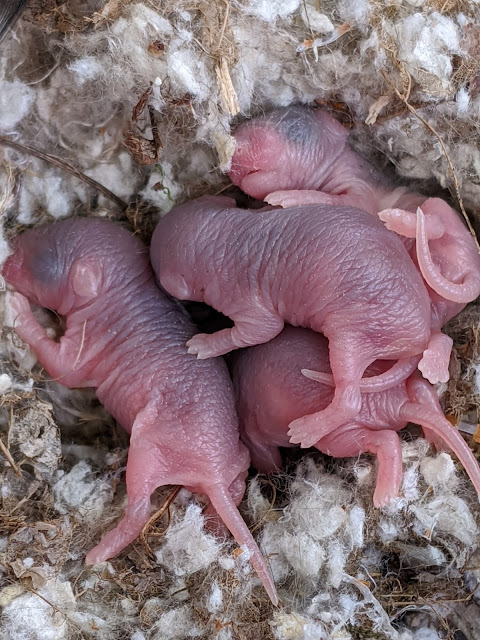I began my morning by dumping a full mug of coffee onto the living room carpet. Just so we are clear, it was an accident and coffee is not some sort of trending biodegradable cleaning agent that I am aware of. Be that as it may, I wish to emphatically state that I believe in accidents. Like a resurgence of Bob Ross and his "happy little accidents," and that infamous bumper sticker "it happens" I like to believe if for no other reason than preservation of spirit, that there is something to be gained from little mistakes.
Wayne and I went through a phase of leaving things on the roof of our Toyota pickup and driving off. Mostly it was pizza and Rand McNally road atlases; but one time it was my purse with a bank check inside for the amount of every last dollar we had. We were moving from FL to NY and I hadn't even realized that my purse was missing until I spoke with my mom on the phone. A woman had found my purse, located mom's number inside and called her. Now this was back in the days when we used payphones, so the serendipity of that particular stranger being the one to find my purse still humbles me. She had options.
We found a McDonald's beverage cup along Pond road. From what I was able to find from a Google search, around half of the litter along roadways is there unintentionally. I also discovered that there is
a lot of information out there on the subject of littering. For example; McDonald's sells
500 million cups of coffee in the US every day. The cup we found wasn't a coffee cup but I couldn't find a number for fountain drinks. I'm not trying to create a
McDonald's commercial here; but imagine the odds of finding one of their cups here in Vernon VT when we don't even have a restaurant in town. Fun facts: It takes twenty years for a coffee
cup to decompose. Nine year old
Milo Cress from Burlington VT started a movement to eliminate single use plastic straws when he estimated that 500 million straws were being used in the US every day. It can take 200 years for a
straw to biodegrade. Disposable drink cup lids are not very recyclable though recycling symbols are on the lid, it depends on the facility that it is sent to.
As anyone who follows our small town of Vernon knows, trash disposal and litter are hot topics. It's not all bad news however thanks to folks like Hannah Palmiter Rosinski, who volunteers to coordinate
Green Up Day here in Vernon. Green Up Day takes place the first week in May and is the one time of year that free pay as you throw bags are handed out to residents who in turn comb the roadways bagging up all that unintentional litter. The rest of the year it's up to good neighbors or disgruntled property owners to foot the bill for picking up. Whatever your motivation for picking up another's mistake, thank you. There are a lot of good people here in town and sometimes it takes finding a cup on the side of the road to be reminded of that.
One final note regarding the attached photograph, ants don't actually eat McDonald's cups so I can only imagine the little guys were trying to move it to a trash can. -Norma Manning





















































